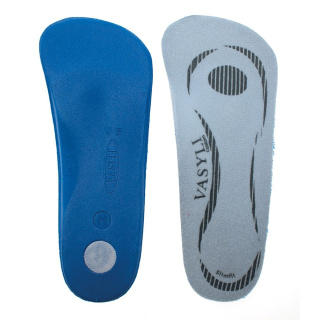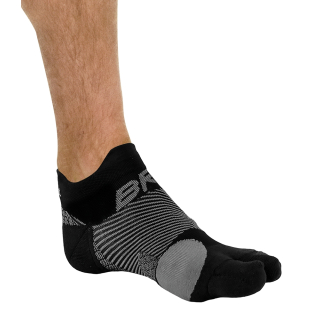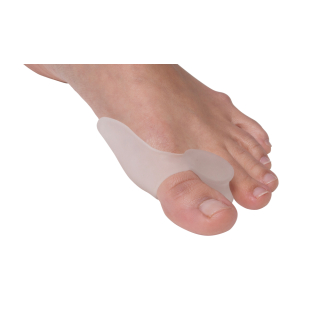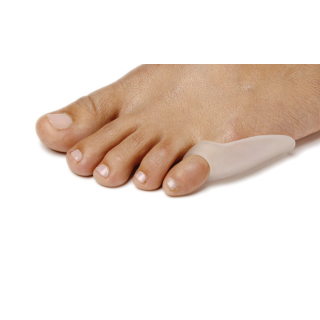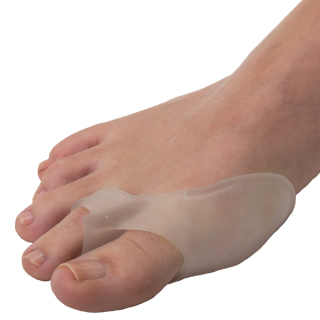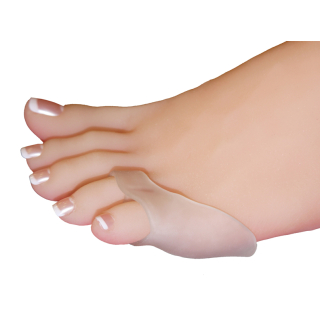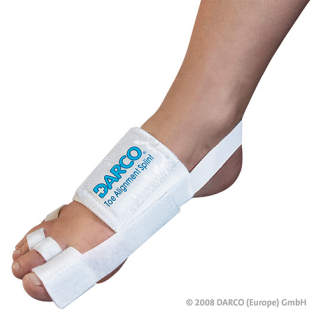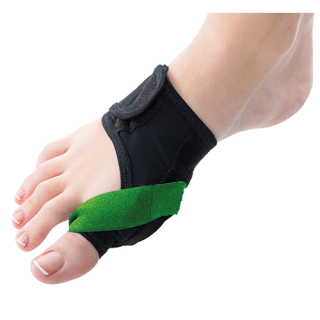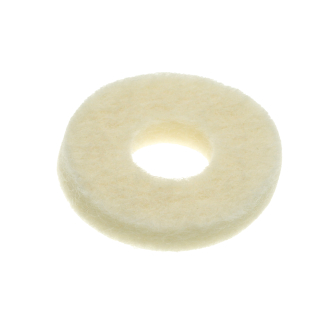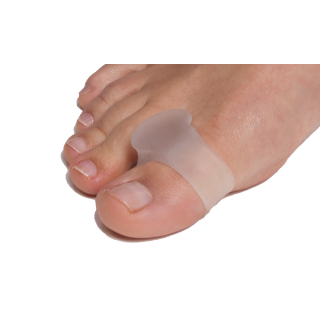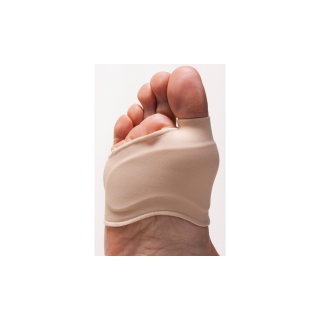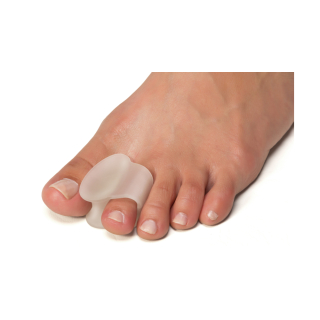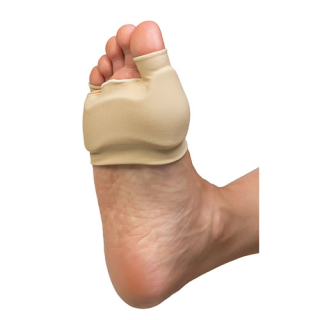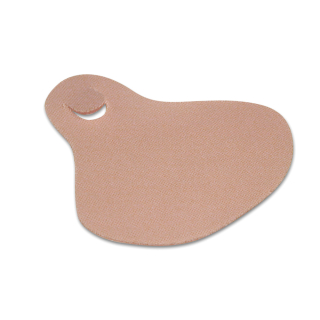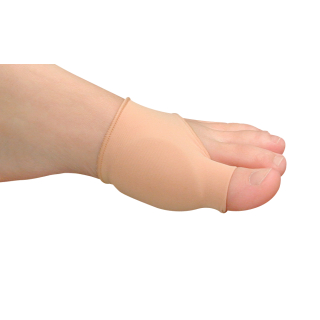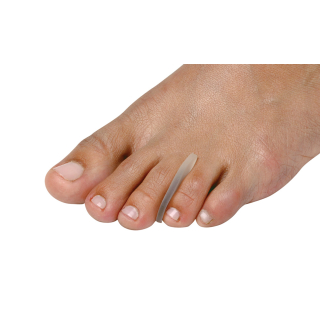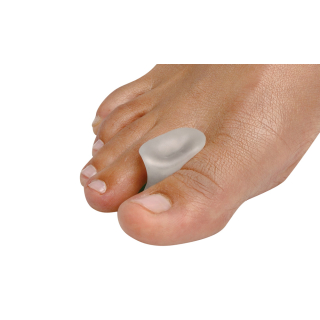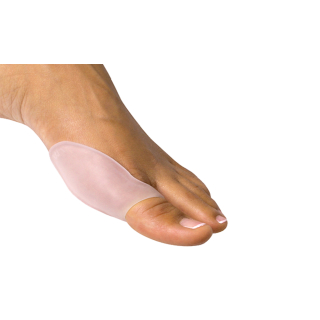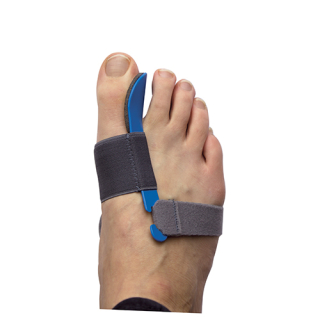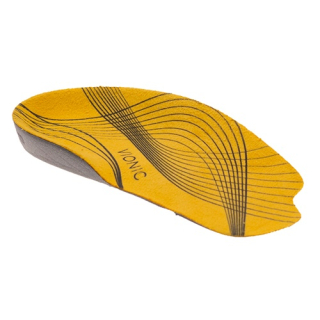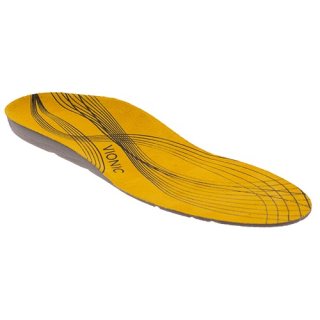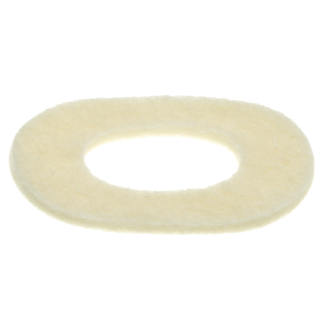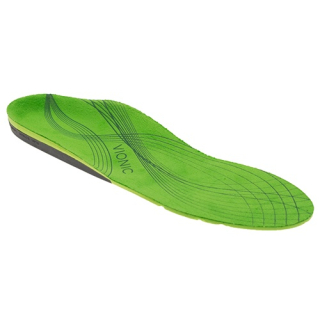Bunions
What is a Bunion?
Bunions occur at the base of the big toe when the position of the toe changes – the toe may press into or even overlap the second toe.
Causes of Bunions
The main cause of bunions are poor fitting shoes, extra pressure can cause the metatarsal (the bone behind the big toe) to become more prominent making the foot appear wider.
Treatment for Bunions
To prevent bunions, wear roomy shoes that accommodate your true foot width, and avoid high heels and pointy shoes. To care for bunion, bunion pads, cushions and sleeves can all be worn on the foot to help ease any discomfort.
Frequently Asked Questions
Is walking good for bunions?
Walking or running with a bunion may cause it to feel painful. If this happens, try to reduce the intensity of the exercise. You may substitute running for jogging or a gentle walk while you treat a bunion, or switch to another exercise that causes less irritation like swimming.
What shoes should I avoid with bunions?
Avoid wearing narrow shoes or shoes with pointed toes if you have bunions. They can cause the toes to be pushed together and aggravate the condition. Instead, choose wide-fitting, comfortable shoes that provide space for your toes to spread out. Simply Feet shoes range in width and size to ensure the best possible fit for your feet.
At what point does a bunion need surgery?
In extreme cases, when a bunion causes severe foot pain that occurs even when walking or wearing flat, comfortable shoes, surgery may be required to help improve the function of your foot. You should seek professional help and advice to find out what the right treatment is for you.

